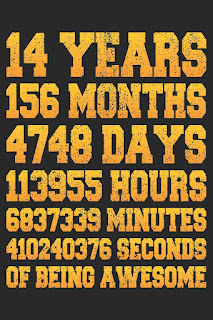MIT Reality, Virtually, Hackathon
Since starting the first VR & AR hackathon in San Francisco back in 2014, I have assisted various teams and communities organizing immersive tech (VR,AR, etc.) focused hackathons. Our VR Hackathon (www.vrhackathon.com) community went international this year and 2017 will see more events planned in Europe, Asia, and Africa. While keeping things under one umbrella is a great way to keep the global immersive tech community connected, I have happily assisted others planning these types of hackathons to help grow the community and the industry. One team I was honored to assist is the team behind MIT's Reality, Virtually, Hackathon.
The event started on Friday afternoon with workshops from a variety of AR/VR companies and officially kicked off in the evening with presentations on a variety of VR related topics. For hackers interested in mobile VR and WebVR, Samsung's Laszlo Gombos led workshops and presentations on GearVR and WebVR. Those that know me know I am a huge fan of WebVR so it was a real treat for me to see a browser vendor present. While Samsung was the only browser vendor present, I see it as a double bonus given it's also the one company that has sold the most non-cardboard VR headsets.
The event ran all weekend long with hackers on every floor of the six story media lab. By Sunday over 80 teams had submitted their projects for review by the first wave of judges. This number whittled down to seven projects that received a final review on Monday by celebrity judges for the grand prizes. As one of the celebrity judges I can say it was very hard for us to decide given the caliber of all the projects but after much deliberation we selected the winners.
The best AR application $5,000 grand prize went to Waypoint RX. This HoloLens project helped pharmacists reduce prescription errors by checking the medications selected against the prescription. WayPoint RX: Filling error-free prescriptions with a Hololens

Team KidCity VR won
the $5,000 from Samsung's Global Innovation Center for the best VR application
for their project Treehouse. The project was a HTC Vive educational application
for children and parents to play together in virtual reality (VR). KidCity VR Treehouse App
It is no easy feat organizing a hackathon, especially one of this size. I congratulate Steven, Luna, Scott, Arpit, and the rest of the MIT team on a job well done. Also I'd like to give a shout out to the sponsors for without them none of it would have been possible. I encourage all to check out the videos made by the teams of their projects and highly encourage any developers in the AR/VR space to attend next time. This was a great event to participate in and as a Samsung representative now I look forward to helping make the next event, if they choose to do another, even better.






Comments